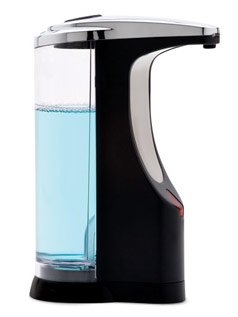Full Site Buildout: Part 2 - Theme Development
Part 2 of a series: Building out a full Drupal site in a weekend.
Well, one plane flight down, and a conference to go, I have the main structure of the theme set up (locally; haven't pushed it out to opensourcecatholic.com yet). I decided to go with Zen 2.x's -dev releases, for the simple fact that it's new and the way the Zen project is moving. There are a few rough areas in the documentation, mostly in the 'Readme' file for installing a subtheme, but I got through everything okay.
This theme, I hope, will make its way onto the fine Drupal.org theme repository; getting a CVS account, I'm sure, will be fun ;-)



